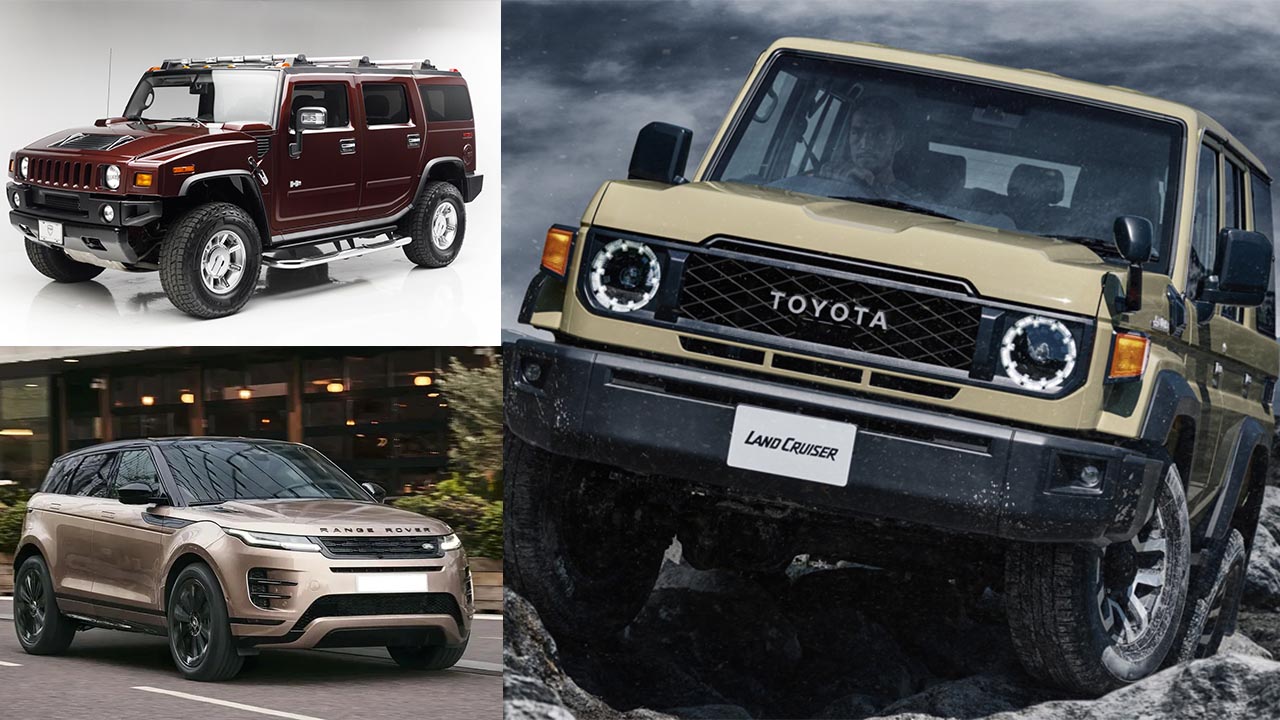The finest 4x4s and off-road vehicles are truly powerful, mud-conquering machines built to handle terrain that would cause even the hardiest of mountain goats to hesitate.
So, which one stands out as the best? Choosing the right option for the 4×4 category isn’t simple, as some vehicles prioritize off-road performance above all else, while others are versatile all-rounders, just as comfortable scaling rocky terrain as they are speeding along highways.
And that’s before delving into specifics like breakover angles, wading depths, axle articulation, and features such as locking differentials and low-range gear ratios.
In our opinion, no vehicle is better suited for this purpose than the Land Rover Defender, which excels at off-road driving with effortless ease, all while ensuring a high level of comfort for the driver.
Off-Roaders That Last Forever
However, regardless of your off-roading preferences or requirements, there’s something among our top 10 off-road champions that’s sure to meet your needs and fit within your budget.
1. Land Rover Defender
The Land Rover Defender stands out as the best off-roader and 4×4 on the market today, making it the ultimate choice for tackling mud, rocks, water, slopes, and challenging terrains.
It’s one of the most capable cars globally, comfortably sitting in the top three of any list that measures versatility and performance.
With an approach and departure angle of around 40 degrees and a ground clearance of up to 291mm, thanks to its height-adjustable air suspension, the Defender is built to conquer almost any terrain.
Available in 90, 110, and 130 bodystyles, it offers a variety of engine options, including diesel mild-hybrids, a petrol plug-in hybrid, and pure-petrol engines, with the V8-powered Defender Octa topping the range, though it’s not entirely necessary.
The Defender’s off-road performance is beyond question, and it does the job with such ease that it feels as if it was designed for people who don’t even particularly enjoy off-roading.
What truly sets the Defender apart is its ability to offer all of this while also delivering an exceptionally smooth ride and superior handling on the road, making it a standout option compared to its rivals.
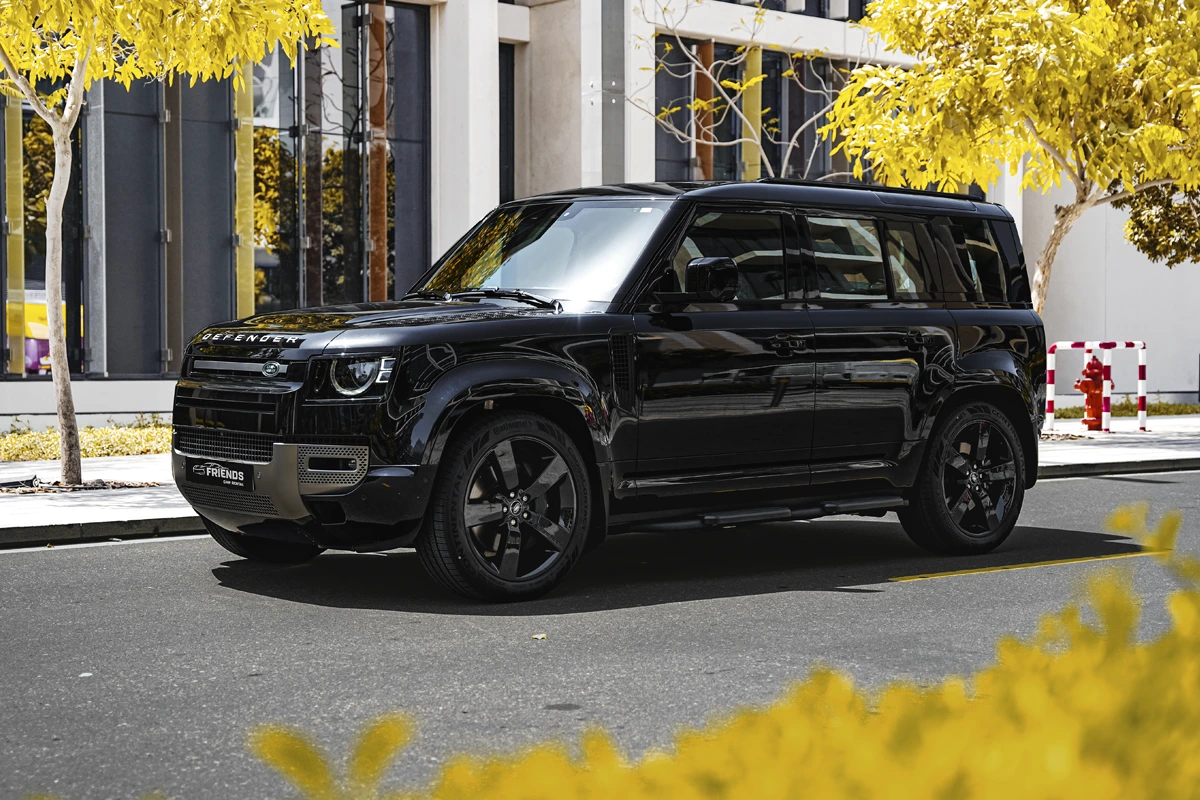
The current generation of the Land Rover Defender SUV strikes a balance between the utilitarian, purpose-driven philosophy of the original models and the modern-day, luxury-centric approach of today’s Range Rover lineup—all while retaining authentic off-road capabilities.
In essence, the Defender is completely at home in rugged terrain, matching the performance of tough competitors like the Jeep Wrangler and Lexus GX, yet its composed road manners and thoughtfully designed interior make everyday driving just as appealing.
With a wide range of trims available, the 2025 model year introduces the all-new Octa variant at the top of the range. This flagship model comes equipped with a twin-turbo V-8 engine, sophisticated suspension system, and an even more upscale interior.
The Defender’s versatility is further boosted by a selection of four powertrains and three distinct body styles.
The two-door Defender 90 stays closest to the original concept, appealing to purists, while the long-wheelbase Defender 130 adds a third row of seats and ample room for cargo, making it ideal for transporting both people and gear.
Sitting between the two, the Defender 110 combines the visual appeal of the 90 with the added practicality of a four-door configuration.
No matter which model suits your lifestyle best, Land Rover has effectively reimagined this iconic off-roader by blending contemporary comfort and technology with its unmistakable and timeless design.
2. Jeep Wrangler
The Jeep Wrangler carefully maintains its beloved design, with its iconic circular headlights, seven-slatted grille, and precise geometry, all harking back to the original Willys MB Jeep.
The Wrangler’s interior is surprisingly spacious and feels more refined than you might expect, especially when paired with its downsized engines that offer improved efficiency and better road manners (though still relative).
Off-road, the Wrangler excels, particularly in the Rubicon trim, which features a ladder-frame, locking differentials, rugged tyres, specialized articulating axles, underbody bracing, and impressive approach and departure angles.
However, it falls short when it comes to everyday usability compared to the Land Rover Defender, primarily due to its rougher on-road performance, which includes less precise handling, a more bouncy ride, and higher levels of noise.
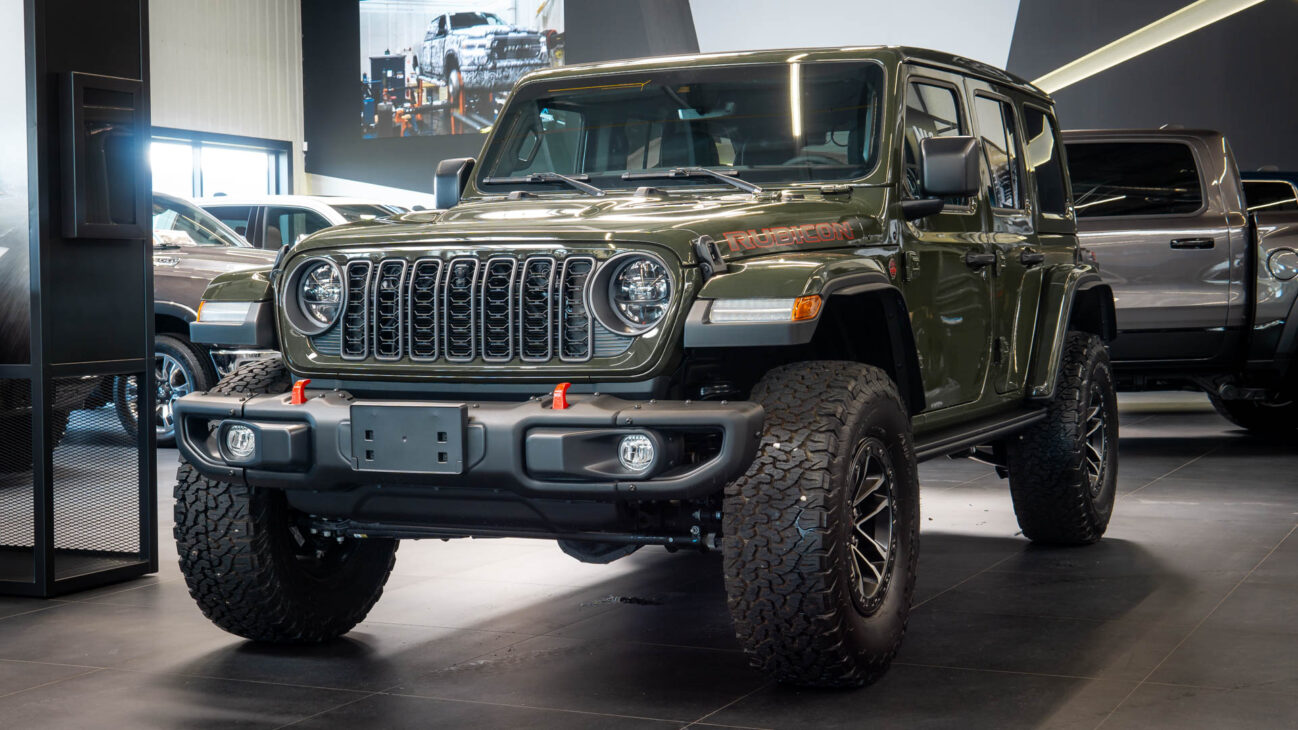
Despite this, the Wrangler offers a unique feature if you enjoy hands-on adventures, you can remove its doors and parts of the roof for some exhilarating wind-in-your-hair thrills.
Even if off-roading isn’t your thing, chances are you’ve still heard of the Jeep Wrangler.
As a true icon with lineage that stretches back to the original military Jeep of the 1940s, it’s a no-compromise 4×4 built to tackle the roughest terrain with ease.
Over the years, the Wrangler has undergone several updates, with the most recent giving it a slightly more aggressive front grille and upgraded in-car technology.
But the core formula hasn’t changed: it still rides on an old-school ladder-frame chassis with the body mounted on top, and features solid axles at both the front and rear for durability and strength.
Jeep keeps the adventure alive with its classic selectable four-wheel-drive system, operated via a chunky lever that adds a bit of Indiana Jones flair.
And yes, the Wrangler still offers the unique option of removing the roof and doors, letting you enjoy the full open-air, safari-style driving experience.
Though officially categorized as a family SUV, the Wrangler is anything but a typical school-run vehicle. Instead, it competes with other rugged machines like the Ford Ranger Raptor and Ineos Grenadier.
The Land Rover Defender is also in the mix, though the latest version leans more toward on-road luxury than pure off-road toughness.
Also Read: 10 Vehicles With Best Long-Term Fuel Economy That Save You Money Year After Year
3. Toyota Land Cruiser
The Toyota Land Cruiser is another iconic vehicle, known for its role as a reliable workhorse in the Australian outback, where breakdowns are simply not an option.
The Land Cruiser excels in tasks such as towing, wading, and low-ratio, grind-it-out driving across harsh terrain. While basic versions are relatively affordable, higher-spec models come with a fully loaded equipment roster and can accommodate up to seven passengers.
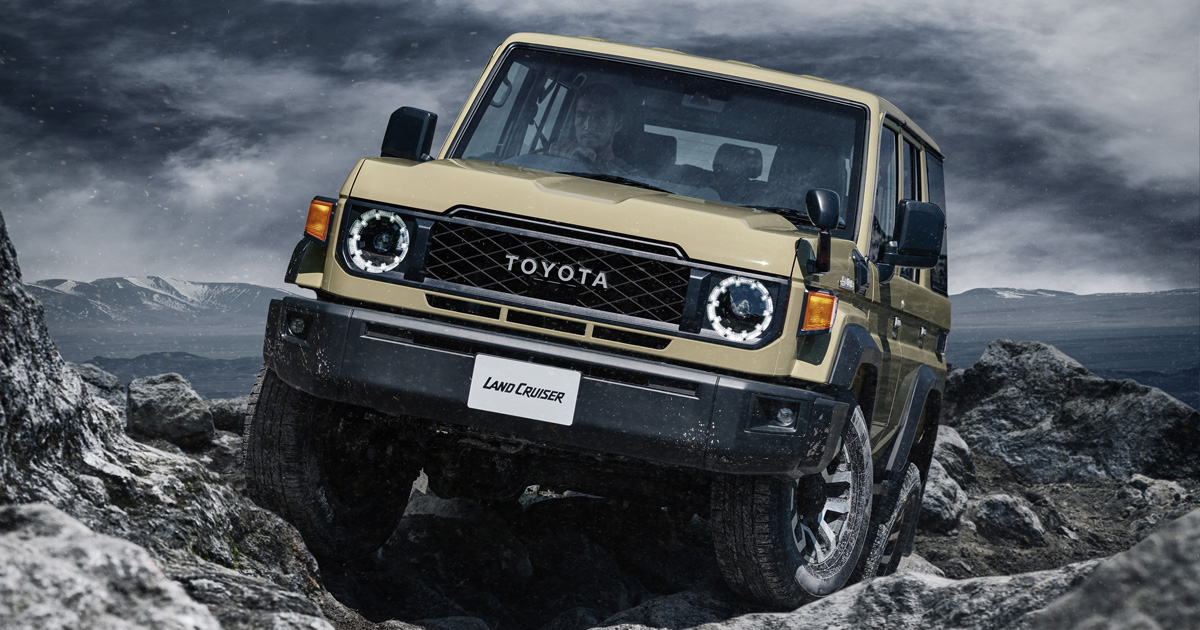
Despite its sophisticated suspension, the Land Cruiser’s ride and handling are not as refined as monocoque SUVs from brands like Audi or Mercedes-Benz.
It’s a different kind of vehicle: less polished on the motorway, but unmatched in environments where such durability is needed.
The Land Cruiser’s reputation for mechanical dependability and toughness is widely respected and remains a benchmark that its competitors admire.
4. Ford Ranger Raptor
The Ford Ranger Raptor, initially a bit of a mixed bag with its underwhelming 2.0-litre diesel engine, has evolved into a powerhouse.
The original version, while impressive off-road, struggled to match the potential of its chassis, which made it feel like it could conquer a Dakar Rally stage.
Thankfully, the updated model retains the impressive off-road prowess of its predecessor but now features a more powerful 288bhp turbocharged 3.0-litre petrol V6, which delivers a punch that can easily outpace many sports saloons.
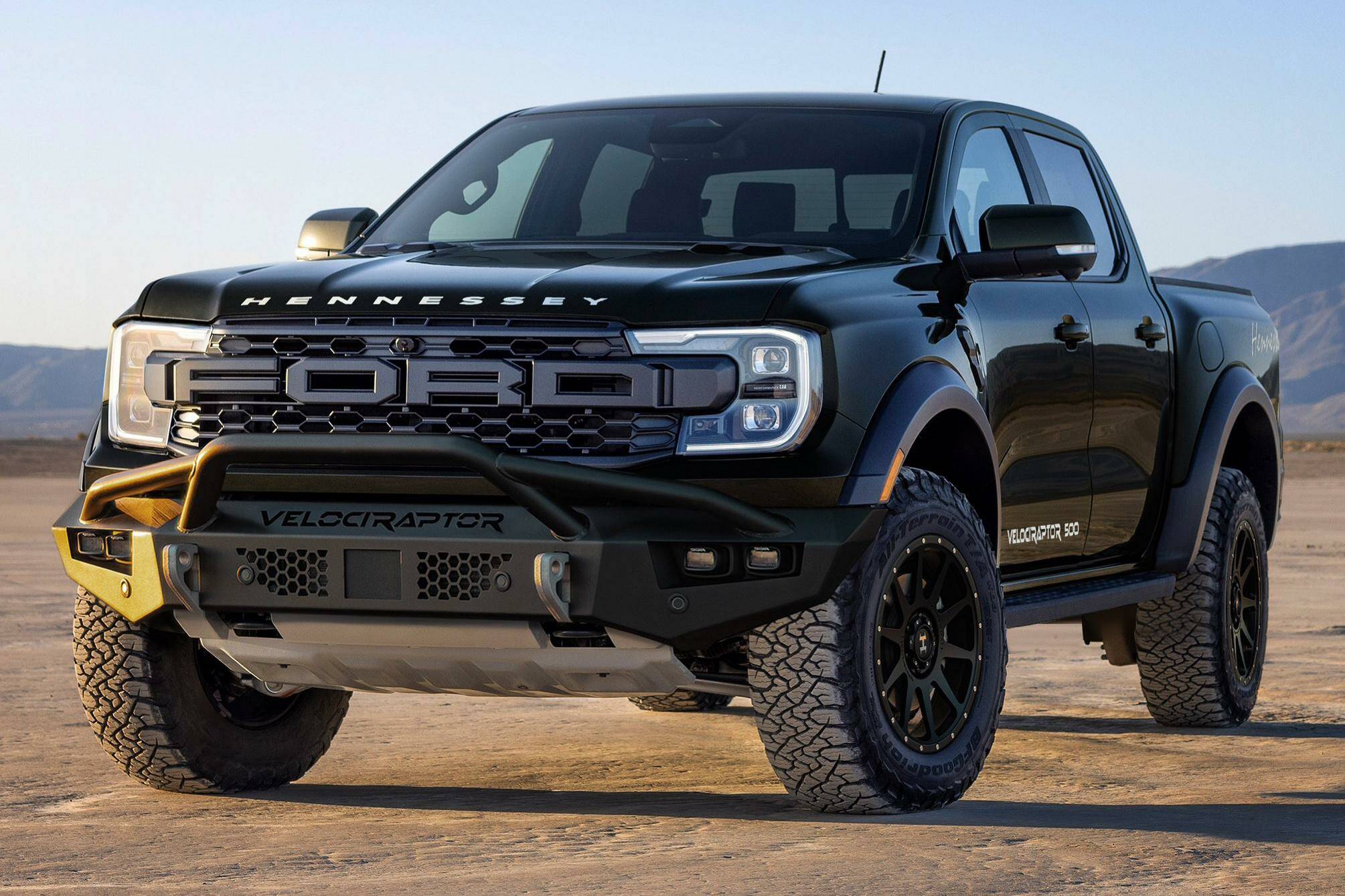
The engine’s throaty growl is also far more appealing than the old diesel’s drone. What truly sets the Ranger Raptor apart is its advanced suspension system, featuring electronically controlled Fox ‘live-valve’ adaptive dampers.
This setup ensures a smooth and controlled ride on tarmac and allows the truck to tackle rough, uneven terrain at high speeds, where traditional 4x4s would struggle.
The Raptor is a performance-oriented, dune-conquering double-cab truck that boasts the capabilities of a cross-country rally prerunner—the type of vehicle drivers use to scout a course before racing.
This latest version of the Raptor has been taken up a level, now producing a range of sounds that are not only louder but also noticeably deeper and more characterful than those of its diesel-only predecessor.
The Raptor formula itself isn’t entirely new. The massive F-150 Raptor has been available in the U.S. for some time, and Ford introduced the first Ranger Raptor in 2019.
That initial version was equipped with performance upgrades including BF Goodrich tires, chassis enhancements, and more—but it was only offered with a 2.0-liter diesel four-cylinder engine.
Now, the Raptor sings a more enticing tune thanks to a new turbocharged petrol V6 engine, transforming the practical pickup into a distinctly sportier machine with the ability to go very, very fast over virtually any terrain.
5. Range Rover
The Range Rover, meanwhile, excels not only as one of the best luxury SUVs on the market but also as an off-road champion.
The Range Rover’s air suspension allows it to raise by 135mm for improved ground clearance and lower by 50mm for easier access. At its highest setting, it stands 4mm taller than the Land Rover Defender and 55mm above the Mercedes-Benz G-Class.
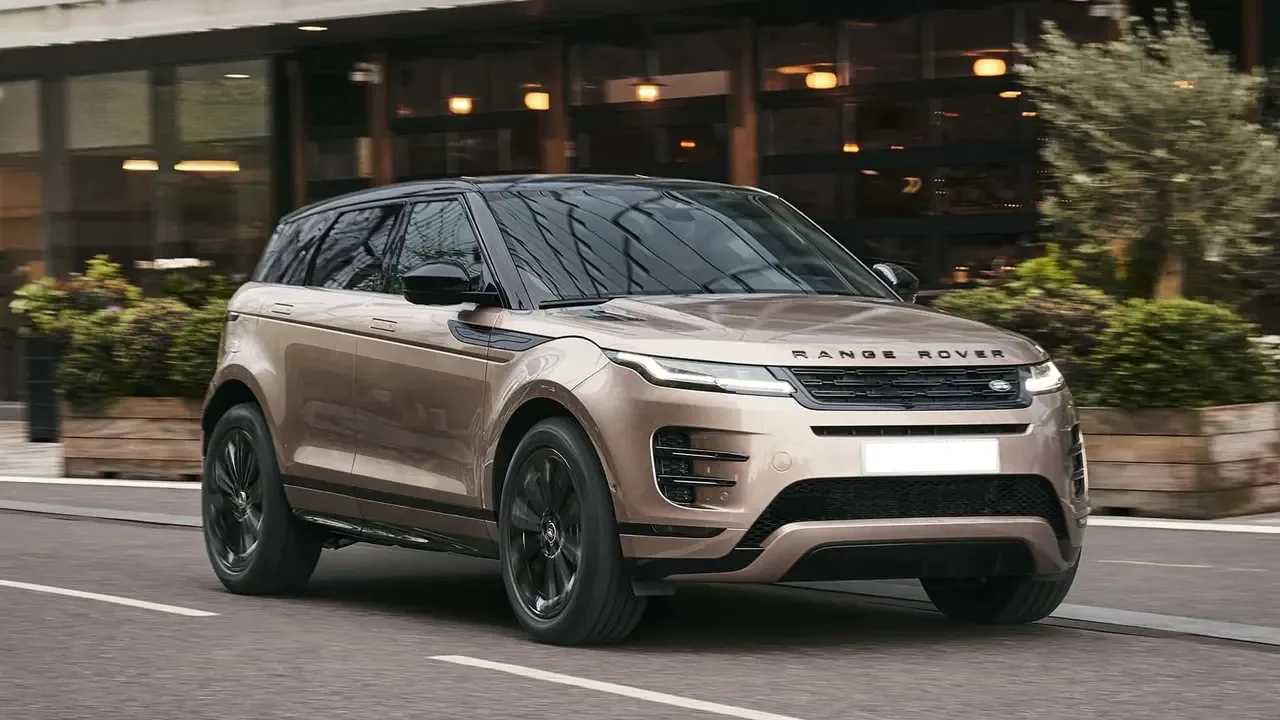
The Range Rover can also wade through water up to 900mm deep, showcasing its off-road prowess.
While most Range Rovers may never leave the pavement, their ability to handle tough terrains when required, combined with exceptional luxury and refinement, makes them a top choice for luxury off-roading.
This machine makes the legendary golden goose seem hesitant in comparison, as the company’s electric ambitions aim to deliver a Range Rover that is everything the original is—and more.
It’s arguably the pinnacle of luxury automobiles, even surpassing the Mercedes S-Class thanks to its elevated driving position and an overall air of commanding authority.
JLR moves 70,000 units annually, with the average transaction price sitting at £136,000, effectively making it a money-printing enterprise.
It’s worth noting, however, that just over a third of all yearly Range Rover production is destined for the U.S.—a market JLR recently halted exports to due to the tariff escapades of self-proclaimed “stable genius” Donald Trump.
According to JLR, the answer appears to be yes, with 60,000 “expressions of interest” already logged. The development team has meticulously modelled all the Range Rover’s dynamic traits to preserve its signature feel.
In fact, the BEV brings certain inherent advantages, such as a lower center of gravity, more balanced weight distribution between the axles, and a consistent mass regardless of fuel load.
These benefits have allowed the team to fine-tune the vehicle’s dynamics with even greater accuracy.
Also Read: Top 19 Tire Brands If You Are Looking For A New Set
Off-Roaders That Break After One Trail
Off-roading represents humanity’s triumph over nature. The age-old concept of man versus nature has been a central theme in stories throughout history, from the earliest hand-painted cave art to the dramatic poems performed in ancient amphitheaters, to modern Hollywood films.
This timeless conflict has captivated audiences for generations. Since the early 20th century, when the invention of the 4×4 symbolized man’s mastery over the natural world, a wide variety of four-wheel-drive vehicles have been made available to car buyers across the globe.
A four-wheel-drive vehicle, also known as a 4×4, gives its owner the ability to venture off the beaten path and explore uncharted territories.
The engines in these vehicles provide power to all four wheels, which is the source of the name. Unlike front-wheel or rear-wheel-drive vehicles, a 4×4 offers better traction by distributing power to all four wheels, making it easier to navigate through rugged terrain.
Off-roading, which is best enjoyed in a 4×4, is both exhilarating and exciting. If given the chance, anyone with an interest in off-roading should seize the opportunity.
There are a few essential factors to consider before embarking on an off-road adventure. First, there needs to be an appropriate landscape that offers enough challenge without being overly dangerous.
Secondly, a quality 4×4 is necessary. Like any vehicle class, the 4×4 market has its share of subpar models that may not live up to expectations, despite their claims.
Classic examples of exceptional 4x4s include the mid-to-late ‘80s Toyota 4Runner N60 and the ‘70s Ford Bronco. However, the 4x4s listed below, despite their potential, have enough shortcomings to make buyers think twice.
1. Volkswagen Touareg
The Volkswagen Touareg offers a sleek and stylish option in the 4×4 category. While off-roading is often associated with navigating rough and rugged terrains, the Touareg brings a fresh perspective by combining off-road capability with luxury and elegance.
However, those who invest their hard-earned money in one may find themselves disappointed. The Volkswagen Touareg was ranked as the second most unreliable 4×4 in 2010.
A significant portion of the issues, about 25%, stemmed from electronic problems, which contributed greatly to the owners’ troubles.
The Volkswagen Touareg is a full-size sport utility vehicle with a distinctive character. Now well into its third decade, it has long served as a technological showcase for its parent company—similar to the role once played by the S-Class limousine for Mercedes-Benz or the A8 for Audi.
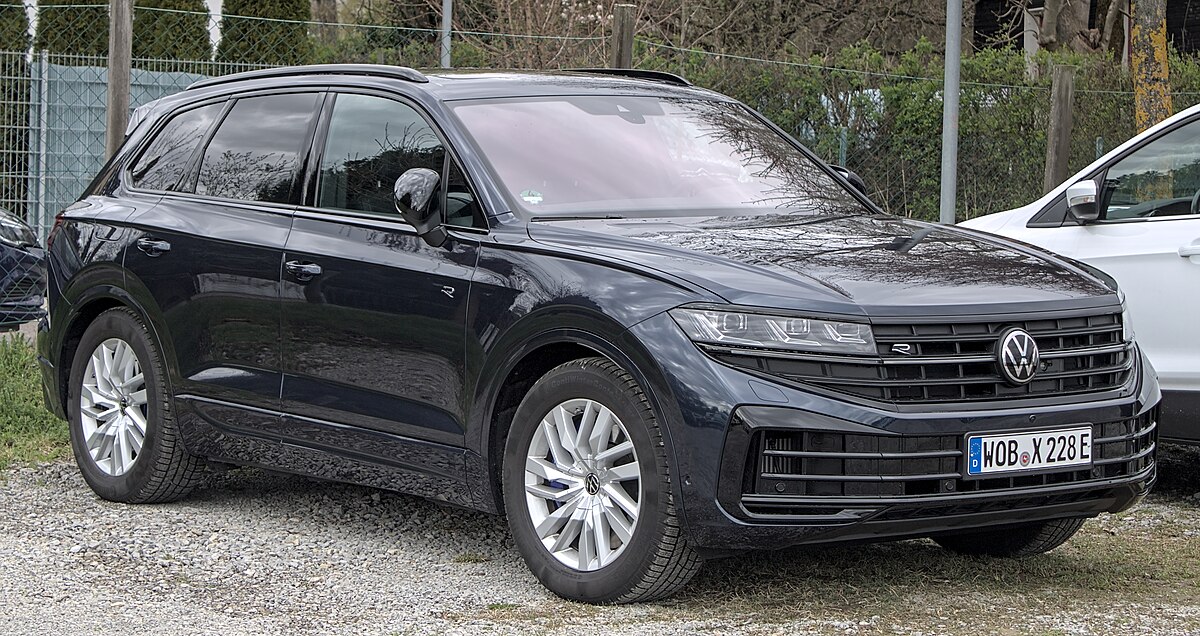
Yet, despite being available over the years with some notably powerful engines, the Touareg has always remained a notably modest, practical, and understated vehicle—more aligned in spirit with the Land Rover Discovery or older-generation Volvo XC90 than with the Porsche Cayenne or Audi Q7, even though it shares technical foundations with the latter two.
At its peak—when production at the Bratislava plant neared 100,000 units annually—the Touareg was available with everything from a V6 diesel to a V10 TDI or even a petrol-powered W12.
Its appeal lay primarily in its mechanical prowess: what those powertrains could achieve, where they could take you, and how they performed along the way.
In contrast, the image and street presence now defining many of today’s ‘aspirational’ SUVs mark a significant departure from the Touareg’s more grounded ethos.
Today, Volkswagen’s more affordable, U.S.-built Atlas has encroached on the Touareg’s territory somewhat, giving the Touareg a more focused but still strategically vital role in the brand’s portfolio.
Opportunities for growth still exist, as evidenced by the model featured in this week’s road test: the eHybrid Elegance.
Introduced during a 2023 mid-cycle update, this version expands the Touareg’s plug-in hybrid offerings.
While plug-in hybrid technology was first introduced to the model in 2021 with the top-tier R variant, the eHybrid Elegance now arrives as a more affordable and accessible PHEV alternative for those seeking to move away from diesel.
2. Hummer H2 SUV
While the Hummer H2 may not be as popular as it once was, it still has a dedicated fan base who appreciate its distinctive and rugged design. The fact that it’s a 4×4 also gives the impression that it is capable of handling some off-road adventures.
However, the Hummer H2 has faced criticism for the quality of its construction. It was pointed out that many of its parts, borrowed from GM, such as the central controls, feel inexpensive and are of low quality.
Additionally, there are those who judge the Hummer negatively regardless of its capabilities, which makes this 4×4 a polarizing choice for many.
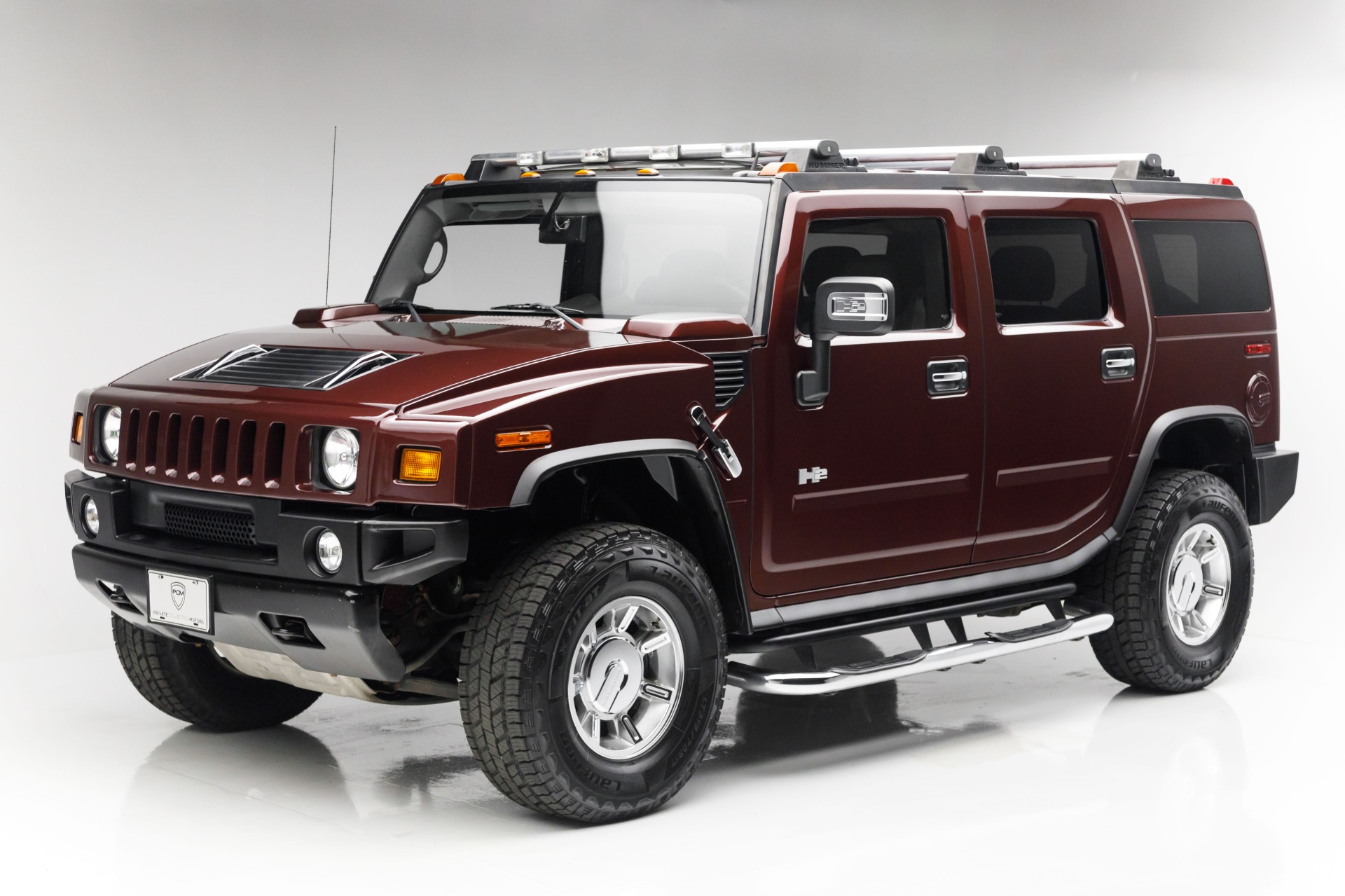
The Hummer H2 was a large, robust SUV manufactured by General Motors (GM) under the Hummer brand between 2002 and 2009.
It was created to serve as a civilian counterpart to the military-inspired HUMVEE and Hummer H1, with a focus on off-road performance, luxury appointments, and bold styling.
During the 2000s, the H2 became a cultural icon, representing a blend of toughness, opulence, commanding road presence, and exceptional off-road capabilities.
Despite its rugged exterior design, the H2 featured a high-end interior equipped with leather upholstery, upscale amenities, and advanced infotainment systems.
It found favor among celebrities, thrill-seekers, and individuals drawn to its striking and assertive appearance.
However, the H2 also faced criticism for its environmental impact, largely due to its poor fuel economy and significant carbon emissions. Nevertheless, it remains a prized collector’s item today, valued for its distinctive combination of strength and luxury.
3. Ford Bronco
The Ford Bronco boasts a distinctive exterior that makes it instantly recognizable, even in the middle of a traffic jam.
Its bold, robust design exudes the image of a vehicle that’s not only capable of conquering backroads but also spacious enough to accommodate an entire family.
However, according to Unsealed 4×4, there were some issues with the Bronco’s braking system that proved to be inconvenient.
While it remains unclear whether the problem was a result of the vehicle’s design or other factors, air had difficulty reaching the braking system, which impacted the overall driving experience.
Overflowing with retro charm and striking design, the Ford Bronco is undeniably captivating. But while this off-road machine delivers a thrilling experience, it’s not without its flaws.
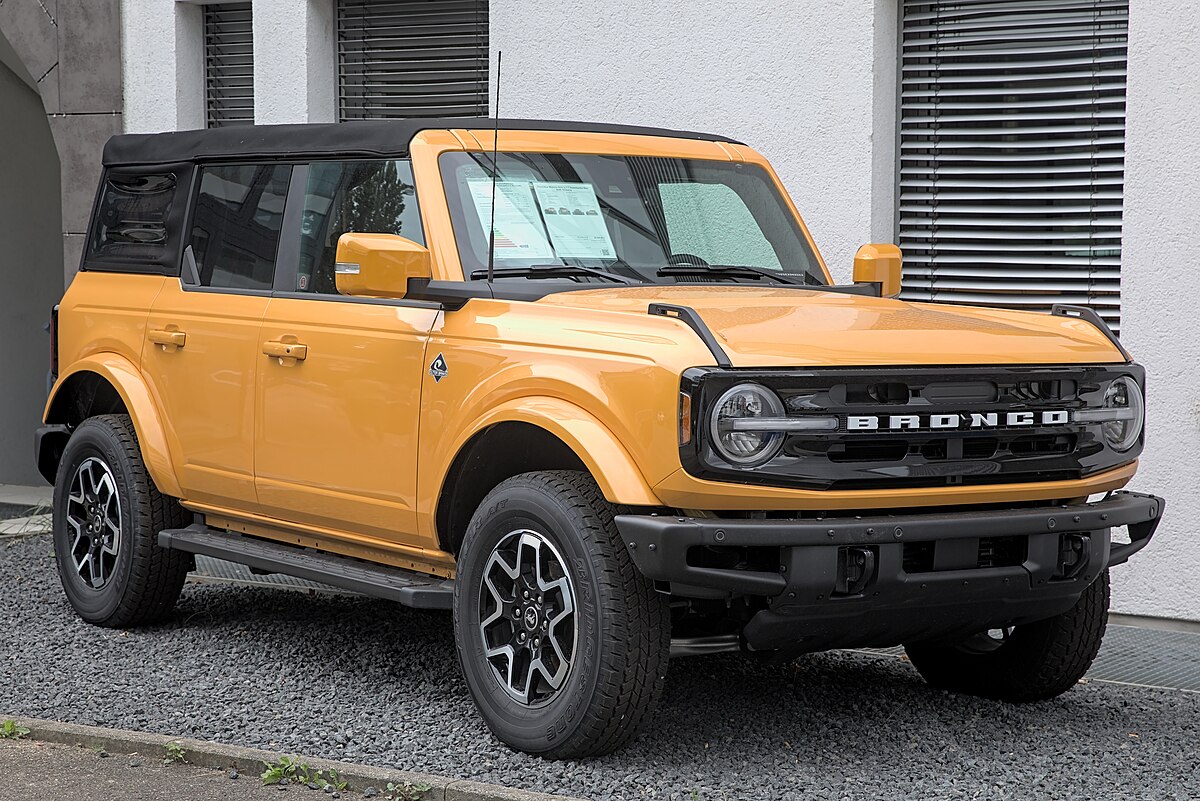
To be upfront: the Bronco is no crossover. If you’re seeking a practical daily driver, there are better options that don’t come with the Bronco’s rough-around-the-edges feel.
Its boxy silhouette results in noticeable wind noise inside the cabin and does little to help with fuel efficiency.
And while its handling surpasses that of the Jeep Wrangler, the Bronco still feels a bit imprecise and unsettled when driving on paved roads.
The Bronco’s true character shines off-road, where its lack of polish becomes less of an issue. Whether tackling dust, mud, or rocky trails, the Bronco feels right at home.
Out here, all of the design elements that may seem excessive on the street prove to be thoughtfully engineered features that actually enhance its off-road prowess.
If you’re considering a Bronco, odds are you’ll enjoy it—just make sure you’re honest with yourself about where you’ll drive it most.
Other vehicles in the Bronco lineup offer greater comfort for everyday use while still delivering solid off-road ability.
The 2025 Bronco retains its engine options from the previous year. A turbocharged 2.3-liter inline-four serves as the base engine, producing 275 horsepower and 300 lb-ft of torque on regular gasoline, or 300 horsepower and 325 lb-ft with premium fuel.
It pairs with either a seven-speed manual or a 10-speed automatic transmission, and four-wheel drive comes standard.
4. Jeep Liberty
The Jeep Liberty, essentially a redesigned Jeep Cherokee, wasn’t considered one of the best 4x4s on the market. According to Nada Guides, when it was released in 2003, there was a four-wheel-drive version available.
The Cherokee had built a strong fan base, so it’s no surprise that not everyone was receptive to the new design the Liberty introduced.
Most of the issues with the Liberty stemmed from its appearance, particularly the fact that it replaced the Cherokee’s classic boxy design.
The 2012 Jeep Liberty was a tough, compact SUV built for drivers who wanted off-road performance alongside everyday usability.
Sitting between the car-like Jeep Compass and the larger Grand Cherokee, the Liberty stayed true to Jeep’s rugged heritage, showcasing a solid design and durable construction.
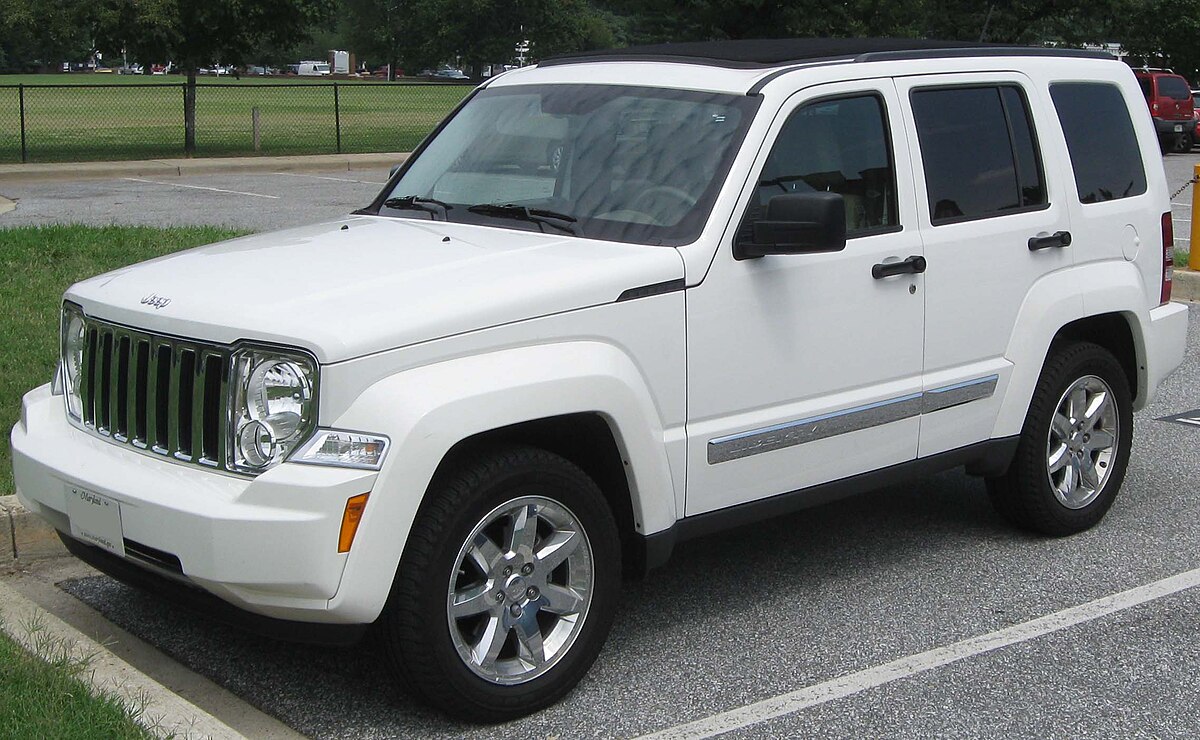
Its main draw was to adventure seekers and those needing an SUV that could confidently tackle both rugged terrain and city streets.
Although it was built on an aging platform, the Liberty remained a compelling option for enthusiasts thanks to its available four-wheel-drive systems and a strong 3.7-liter V6 engine.
Still, the model faced criticism for its subpar fuel economy, outdated interior, and the absence of modern tech and safety features that competitors had begun to offer by 2012.
Jeep ultimately retired the Liberty after this model year, replacing it with the more efficient Jeep Cherokee in 2014.
In its final production year, the 2012 Jeep Liberty saw minimal changes but did expand its trim options to attract more buyers.
It was offered in three trims: the entry-level Sport, the mid-range Latitude, and the range-topping Limited Jet. Jeep added new interior updates, such as a standard Uconnect system and an optional Garmin navigation setup.
The Limited Jet trim also introduced a distinctive styling package that included polished 20-inch wheels, high-end leather seats, and chrome accents, offering a more refined appearance than the base models.
Inside, the 2012 Liberty featured a no-nonsense design. The dashboard was clean and simple, with clearly marked gauges and large controls that were easy to use—even while wearing gloves—reinforcing its off-road focus.
The cabin was lined with durable materials, mostly hard plastics, prioritizing practicality over upscale aesthetics. This gave the Liberty a sturdy feel, but it lacked the polish and sophistication of some rival SUVs.
Standard equipment in the Sport trim included cloth seating, air conditioning, a tilt steering wheel, and an AM/FM/CD audio system with satellite radio.
Stepping up to the Latitude trim added amenities such as heated front seats, a leather-wrapped steering wheel, and a power-adjustable driver’s seat.
The top-tier Limited Jet trim offered premium leather upholstery, an enhanced audio system, and additional chrome details, giving it an edge for those wanting a more luxurious feel.
The 2012 Liberty offered seating for five, though rear legroom was somewhat limited compared to class competitors.
The front seats were roomy and supportive, offering a commanding driving position and plenty of headroom for taller occupants. The back seats, while comfortable, might feel tight for taller passengers during extended drives.
With the rear seats upright, the Liberty provided 26.1 cubic feet of cargo space, enough for everyday errands.
Folding the rear seats expanded that capacity to 64.2 cubic feet, making it easier to haul larger gear or prepare for off-road adventures. Cabin storage included a center console compartment, a decent-sized glove box, and door pockets for additional convenience.
5. Mercedes M-Class
The Mercedes-Benz M-Class stands as evidence that the luxury automaker was not hesitant to venture into the 4×4 SUV market. However, the problem arose when owners were not particularly fond of the model eight years ago.
According to a survey by Warranty Direct, as reported by New Atlas, the M-Class ranked eighth on the list of most unreliable 4×4 SUVs.
For those looking for an affordable and capable used four-wheel drive, it’s always a good idea to check the specific model year to ensure they are not purchasing a less reliable version. It’s possible that the M-Class simply experienced a few problematic years.
The Mercedes M-Class was one of the pioneering models in the premium SUV segment, setting the standard for competitors such as the BMW X5 and Porsche Cayenne. Now in its third generation, the latest version of the M-Class is the largest and most sophisticated to date.
The recent introduction of a four-cylinder diesel engine has also made it more economical to run. Unlike its sportier BMW and Porsche counterparts, Mercedes has prioritized comfort and refinement in the M-Class.
As a result, wind and road noise are effectively minimized, and the cabin is among the most spacious in its class—though it’s worth noting that a seven-seat configuration is not available.
The engine range includes two efficient diesel options and a powerful twin-turbocharged 5.5-litre V8 reserved for the high-performance ML63 AMG variant.
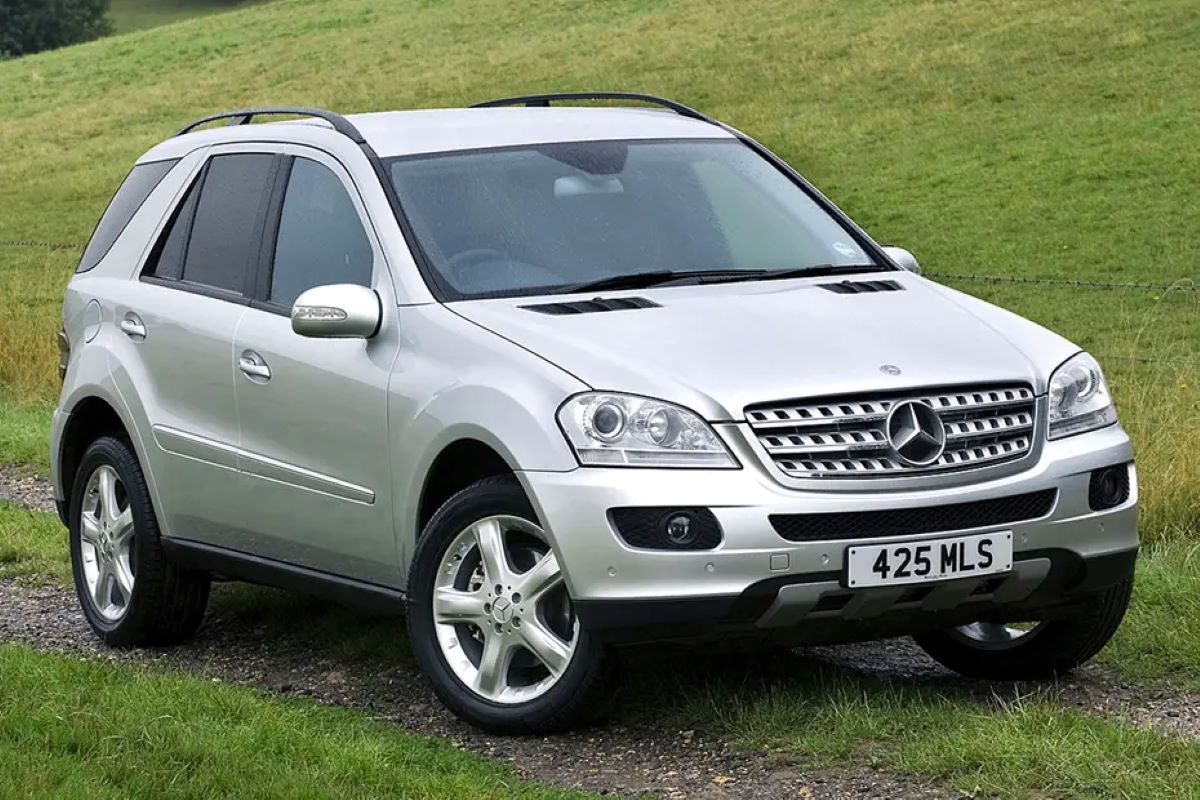
The Mercedes M-Class comes equipped with a 3.0-litre V6 diesel under the 350 CDI badge or a smaller 2.1-litre four-cylinder diesel in the 250 CDI.
Despite its size, the latter engine is impressively strong, delivering 500Nm of torque and accelerating from 0 to 62mph in a reported 9.0 seconds. However, for those seeking the highest level of smoothness and comfort, the V6 is the preferred option.
Both engines are paired with a responsive and smooth-shifting seven-speed automatic transmission. Refinement is impressive, with minimal wind and road noise and barely any engine clatter, even in the four-cylinder diesel variant.
However, ride quality does leave something to be desired, especially at lower speeds where potholes can cause noticeable jolts.
The ML350 CDI offers an optional air suspension system that significantly improves comfort and is a worthwhile upgrade. For enthusiasts craving top-tier performance, the ML63 AMG delivers, sprinting from 0 to 62mph in just 4.8 seconds.
It also benefits from enhanced suspension, sharper steering, and a torque vectoring system, giving it a surprising degree of agility.
All M-Class models come with permanent four-wheel drive, and the 350 CDI versions include an off-road mode that adjusts the traction control for challenging conditions.
However, it’s still not as capable off-road as rivals like the Range Rover Sport or Volkswagen Touareg.
While a large four-wheel drive SUV might seem expensive to operate, Mercedes has managed to make the M-Class relatively efficient.
The 2.1-litre four-cylinder diesel offers a claimed 44.8mpg and emits just 158g/km of CO2 when equipped with standard 19-inch alloy wheels. Even the V6 model returns a solid 39.2mpg and emits a relatively modest 179g/km of CO2.
The ML63, unsurprisingly, is far less efficient, with a combined fuel economy of just 23.9mpg—though buyers in this performance segment are unlikely to be deterred.
While the diesel variants offer manageable day-to-day running costs, owners should be prepared for higher insurance premiums and maintenance expenses. As with many Mercedes models, optional extras can quickly inflate the final price.
Nevertheless, strong resale values help offset these costs, with the M-Class expected to retain an impressive 60 percent of its value after three years, according to expert predictions.
With sharply defined lines and sleek LED headlights, the M-Class makes a strong visual statement. That said, the tall, flat-sided design can appear somewhat awkward and top-heavy from certain angles. Buyers can choose between two trims: SE and AMG Sport.
Both come standard with 19-inch alloy wheels and distinctive LED daytime running lights, while AMG Sport adds a more aggressive styling kit.
The ML63 AMG stands out easily with its 20-inch alloy wheels, flared front fenders, and vented hood. Inside, the M-Class adheres to Mercedes’ signature approach—conservative yet high-quality in design.

